6. Battle Royale (2000) – The Hunger Games (2012)
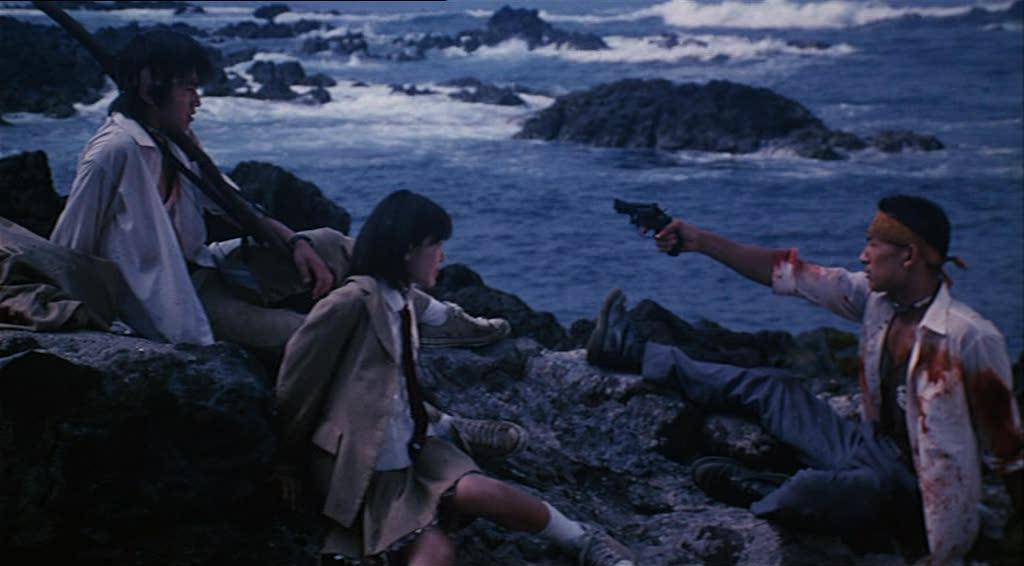
The Battle Royale concept introduced in this 2000 Japanese movie created a whole new genre and spawned countless of films, videogames and novels, including Suzanne Collins’ blockbuster franchise. Kinji Fukasaku’s visceral film, based on a 1999 novel of the same name, has an almost identical set-up to The Hunger Games’ dystopia. A group of middle school classmates are selected by chance to compete on a morbid killing competition on a remote island, as part of a political scheme to prevent juvenile delinquency and rebellion. Each student is given weaponry and deadly tracking devices with three days to fight to death until a winner emerges.
In both films, alliances, betrayals and love interests arise amid the carnage, with the two main characters outlasting their competition and ultimately refusing to follow orders in an act of open rebellion against authorities. In The Hunger Games, Peeta and Katniss threaten to kill themselves with poisonous berries which comes as a huge surprise to the Capitol, whereas in Battle Royale, Shuya and Noriko manage to leave the island as fugitives after fighting their way out.
7. Ghost in the Shell (1995) – The Matrix (1999)
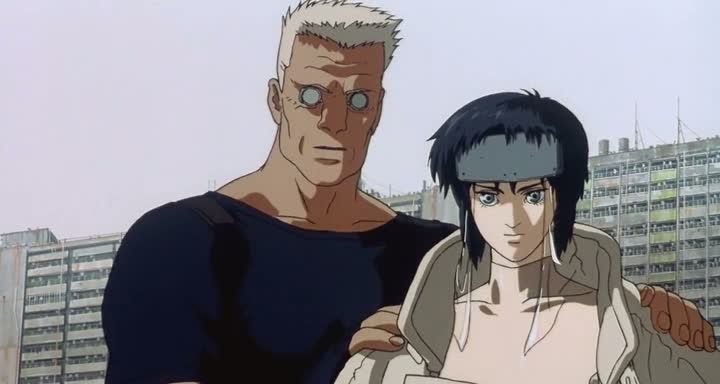
This manga adaptation became a staple of the cyberpunk genre (while also taking cues from Blade Runner and Akira itself). Both films handle similar philosophical themes in futuristic settings, raising questions regarding consciousness and identity, deeming the physical body a mere tool for a greater part of ourselves (a soul).
Ghost in the Shell follows Major Motoko Kusanagi, a police cyborg on the hunt for a threatening hacker that attempts to corrupt the minds of thousands of ‘shells’ or bodies for his political advantage. The Matrix takes a lot of inspiration in terms of style, from the now iconic green computer coding to the martial art choreography in its action-packed sequences. The Wachowskis have deservedly cited Oshii’s film as one of the biggest influences in creating their own.
8. Solaris (1972) – Interstellar (2014)
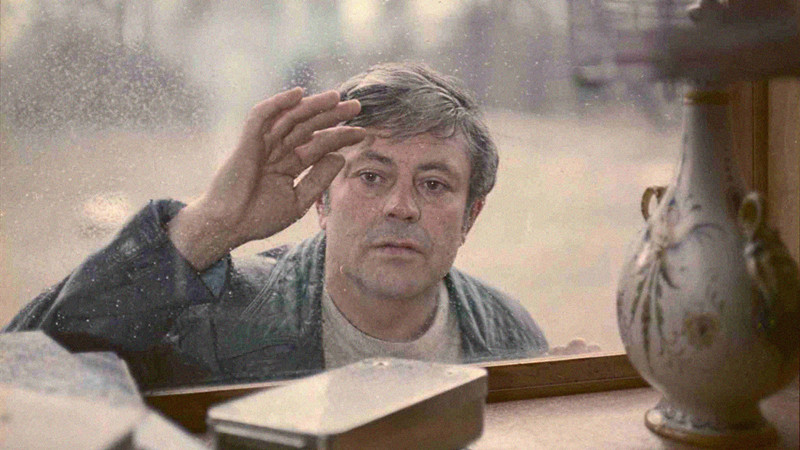
Christopher Nolan shook the minds of audiences with this ambitious sci-fi adventure, once again featuring his recurring themes of time and love in an epic, intergalactic quest. Many people are fast to mention Stanley Kubrick’s 1968 masterpiece 2001: A Space Odyssey as its main inspiration and it’s often used as a measuring stick whenever the debate for the ‘greatest sci-fi film’ crown is brought up online. Despite being considered one of Nolan’s all-time favourite films, it’s Andrei Tarkovsky’s Solaris that resemble his own space epic the most. Considering Interstellar a high-concept movie above all, there’s no film that approaches its mind-bending metaphysical ideas quite like this 1972 Soviet production.
Both stories are seen through the eyes of a recently widowed astronaut sent for a high-stakes mission to a remote planet (one being a psychologist and other, a physicist). Their mourning condition comes to define their actions to varying degrees throughout the whole story. Additionally, in both films water is a prominent symbol of the passage of time and its shape and movement mirrors that of life itself.
9. Princess Mononoke (1997) – Avatar (2009)
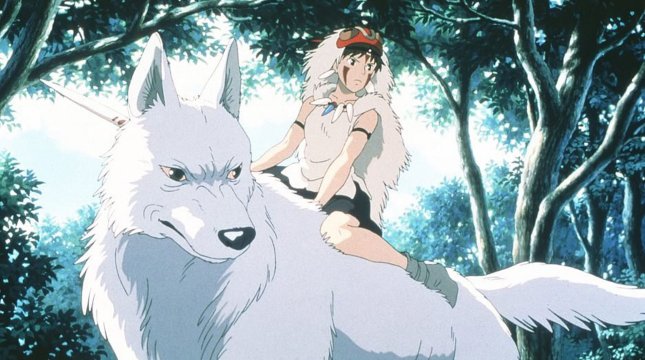
Princess Mononoke brought genius animator Hayao Miyazaki and Ghibli Studios to worldwide stardom, building up from his early successes in the 80’s like My Neighbor Totoro and Kiki’s Delivery Service. Miyazaki, a long-time pacifist and ecologist who had already featured environmental themes in previous movies, focuses on the cyclical clashing interests between man and nature. Mononoke is a fantasy epic that features legendary creatures, princes, sacred trees and forest spirits.
Just as in Cameron’s big budget flick, a young man finds himself in the middle of a big scope conflict in an unfamiliar setting, learning the ways from a charismatic female warrior and eventually joining her cause and helping to save a divine forest from foreign attacks. In Avatar, the moon of Pandora is ravaged to harvest an invaluable mineral called unobtanium that lays underneath the sacred Tree of Souls, whereas in Mononoke, the nearby settlement of Irontown rips off the sacred Cedar Forest’s resources to support its militaristic production. Cameron takes a more simplistic approach with clichéd villains that hold close to zero redeeming qualities, whereas Miyazaki accomplished a more ambiguous portrayal of utilitarianism, giving her villain far more believable motivations that lets you empathize with her cause to a certain degree, even if ultimately, you’re not supposed to side with her.
10. In the Mood for Love (2000) – Lost in Translation (2003)
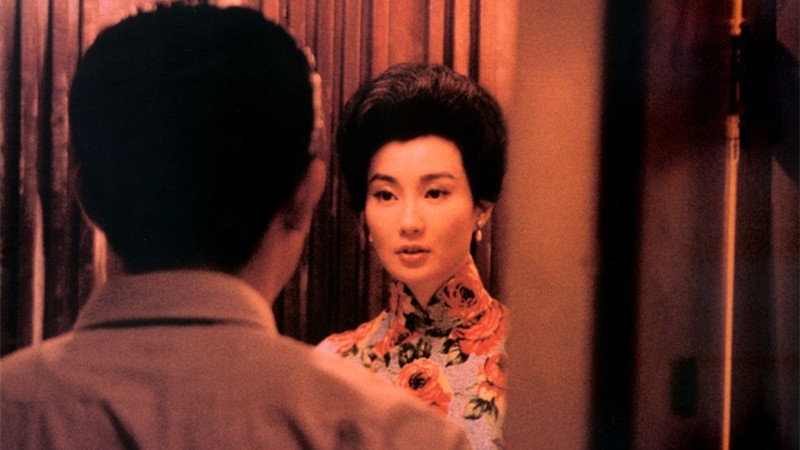
Wong Kar-wai is the king of melancholic romance, heavily relying on his unique style, mood and music rather than conventional narratives to anchor his films. In the Mood for Love tells the story of two married neighbors living in 1960’s Hong Kong that fall in love while their respective spouses are having an affair with each other. Just like Sofia Coppola’s 2003 film, the two main characters find solace in each other’s company, discovering an unlikely connection that proves to be therapeutic for their loneliness.
Coppola has repeatedly mentioned Wong Kar-wai as one of her biggest stylistic influences and Lost in Translation is soaked with his blueprint. In both films, the bond between the main characters grows progressively in a game of restraint and flirtation where not lust but genuine kindness is what sparks their relationship, never really consummating in a physical way with each parting ways at the end. Both films convey greater emotions through music and imagery, often featuring long segments devoid of any kind of dialogue. The connection between Coppola’s and Wong’s film are more thematic than narrative-wise, developing into two different explorations of isolation and longing in hopeless circumstances.